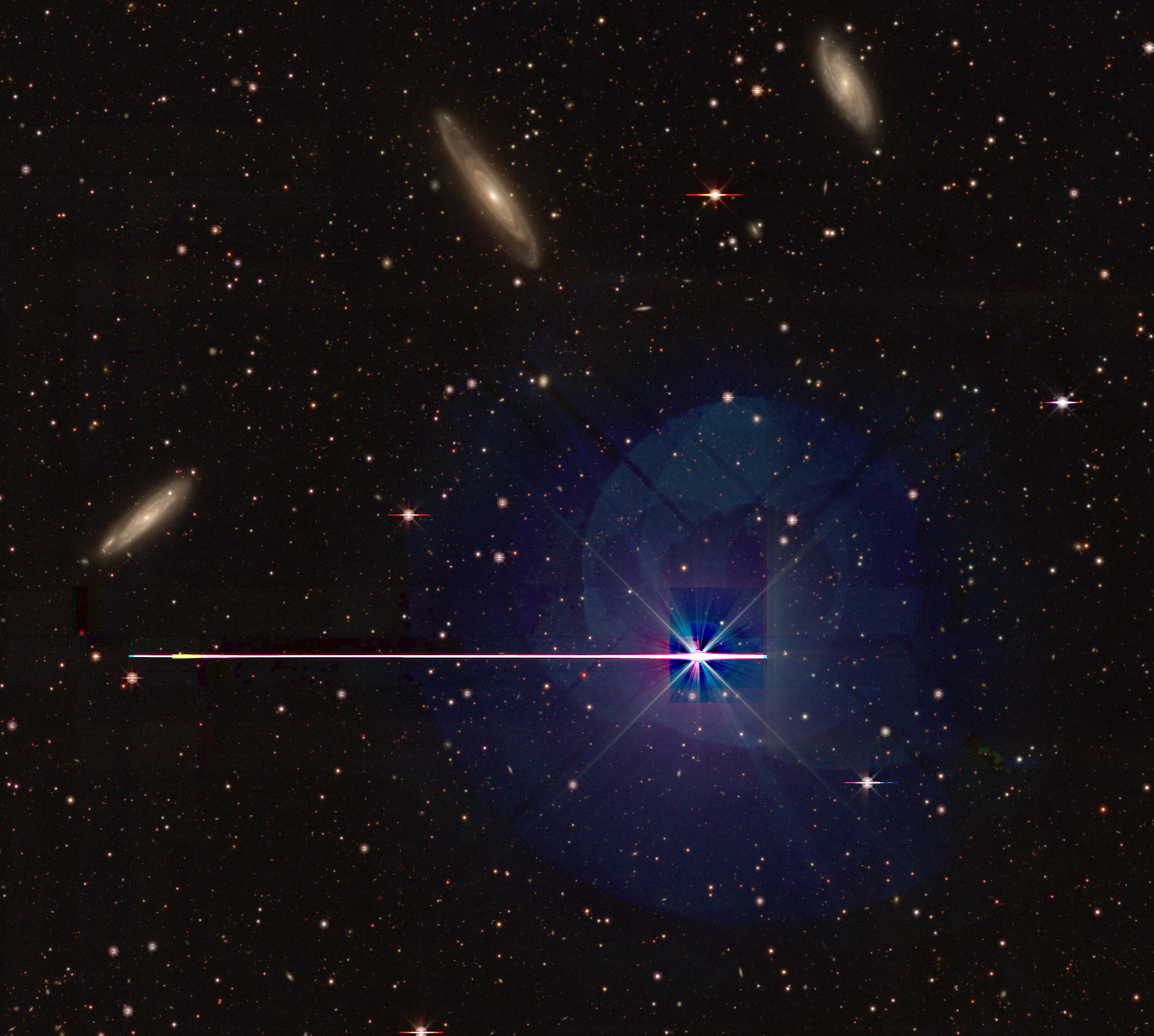ν Eridani on:
[Wikipedia]
[Google]
[Amazon]
Nu Eridani (ν Eri) is a  This is a B-type
This is a B-type
star
A star is a luminous spheroid of plasma (physics), plasma held together by Self-gravitation, self-gravity. The List of nearest stars and brown dwarfs, nearest star to Earth is the Sun. Many other stars are visible to the naked eye at night sk ...
in the constellation
A constellation is an area on the celestial sphere in which a group of visible stars forms Asterism (astronomy), a perceived pattern or outline, typically representing an animal, mythological subject, or inanimate object.
The first constellati ...
Eridanus. It is visible to the naked eye
Naked eye, also called bare eye or unaided eye, is the practice of engaging in visual perception unaided by a magnification, magnifying, Optical telescope#Light-gathering power, light-collecting optical instrument, such as a telescope or microsc ...
with an apparent visual magnitude
Apparent magnitude () is a measure of the brightness of a star, astronomical object or other celestial objects like artificial satellites. Its value depends on its intrinsic luminosity, its distance, and any extinction of the object's light ca ...
of 3.93. The distance to this star is roughly 520 light year
A light-year, alternatively spelled light year (ly or lyr), is a unit of length used to express astronomical distance, astronomical distances and is equal to exactly , which is approximately 9.46 trillion km or 5.88 trillion mi. As defined by t ...
s, based upon an annual parallax shift of 0.00625 arcsecond
A minute of arc, arcminute (abbreviated as arcmin), arc minute, or minute arc, denoted by the symbol , is a unit of angular measurement equal to of a degree. Since one degree is of a turn, or complete rotation, one arcminute is of a tu ...
s. If the star were from the Sun
The Sun is the star at the centre of the Solar System. It is a massive, nearly perfect sphere of hot plasma, heated to incandescence by nuclear fusion reactions in its core, radiating the energy from its surface mainly as visible light a ...
, it would be the brightest star in the night sky with an apparent magnitude of ‚àí2.84. (Currently, the brightest star is Sirius
Sirius is the brightest star in the night sky. Its name is derived from the Greek word (Latin script: ), meaning 'glowing' or 'scorching'. The star is designated Canis Majoris, Latinized to Alpha Canis Majoris, and abbr ...
at magnitude ‚àí1.46.)
 This is a B-type
This is a B-type subgiant star
A subgiant is a star that is brighter than a normal main-sequence star of the same spectral class, but not as bright as giant stars. The term subgiant is applied both to a particular spectral luminosity class and to a stage in the evolution of ...
with a stellar classification
In astronomy, stellar classification is the classification of stars based on their stellar spectrum, spectral characteristics. Electromagnetic radiation from the star is analyzed by splitting it with a Prism (optics), prism or diffraction gratin ...
of B1.5 IV. In 1926, Robert H. Baker announced his discovery that the brightness of Nu Eridani is variable. It is a hybrid pulsator
This glossary of astronomy is a list of definitions of terms and concepts relevant to astronomy and cosmology, their sub-disciplines, and related fields. Astronomy is concerned with the study of celestial objects and phenomena that originate outs ...
variable, lying as it does on the overlapping instability strip
The unqualified term instability strip usually refers to a region of the Hertzsprung–Russell diagram largely occupied by several related classes of pulsating variable stars: Delta Scuti variables, SX Phoenicis variables, and rapidly oscillat ...
s for Beta Cephei variable
Beta Cephei variables, also known as Beta Canis Majoris stars, are variable stars that exhibit small rapid variations in their brightness due to pulsations of the stars' surfaces, thought due to the unusual properties of iron at temperatures of 200 ...
s and slowly pulsating B-type star
A slowly pulsating B-type star (SPB), formerly known as a 53 Persei variable, is a type of pulsating variable star. They may also be termed a long-period pulsating B star (LPB). As the name implies, they are main-sequence stars of spectral type B2 ...
s. The star shows at least fourteen pulsations frequencies, with nine that also display radial velocity variations. It has about nine times the mass of the Sun
The solar mass () is a frequently used unit of mass in astronomy, equal to approximately . It is approximately equal to the mass of the Sun. It is often used to indicate the masses of other stars, as well as stellar clusters, nebulae, galaxies a ...
and six times the Sun's radius
Solar radius is a unit of distance used to express the size of objects in astronomy relative to the Sun. The solar radius is usually defined as the radius to the layer in the Sun's photosphere where the optical depth equals 2/3:
1\,R_ = 6.957\ti ...
. Nu Eridani shines with 7,943 times the solar luminosity
The solar luminosity () is a unit of radiant flux (Power (physics), power emitted in the form of photons) conventionally used by astronomers to measure the luminosity of stars, galaxy, galaxies and other celestial objects in terms of the output of ...
from its outer atmosphere at an effective temperature
The effective temperature of a body such as a star or planet is the temperature of a black body that would emit the same total amount of electromagnetic radiation. Effective temperature is often used as an estimate of a body's surface temperature ...
of 22,000 K.
References
{{DEFAULTSORT:Nu Eridani B-type subgiants Eridanus (constellation) Eridani, Nu Eridani, 48 029248 021444 01463 Durchmusterung objects Beta Cephei variables Slowly pulsating B-type stars